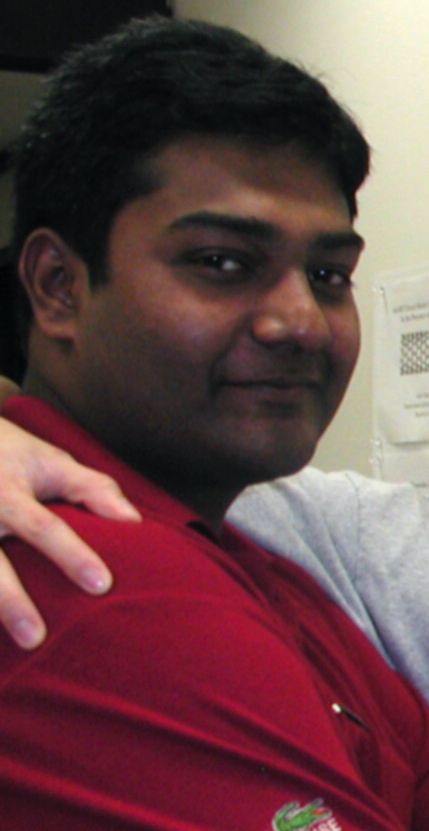
Graduate Research Assistant
Mechanical Engineering Department,
Stanford University
Ph.D. (ME) Stanford University, 2004-Present
M.S. (ME) Stanford University, 2002-2004
B.Tech. (ME) Indian Institute of Technology Madras, Chennai, India, 1998-2002

 |
Vipin Ayanoor-Vitikkate Graduate Research Assistant Mechanical Engineering Department, Stanford University Ph.D. (ME) Stanford University, 2004-Present M.S. (ME) Stanford University, 2002-2004 B.Tech. (ME) Indian Institute of Technology Madras, Chennai, India, 1998-2002 |
|
Education |
Go to Research Projects Go to Publications |

Last updated February 21, 2007